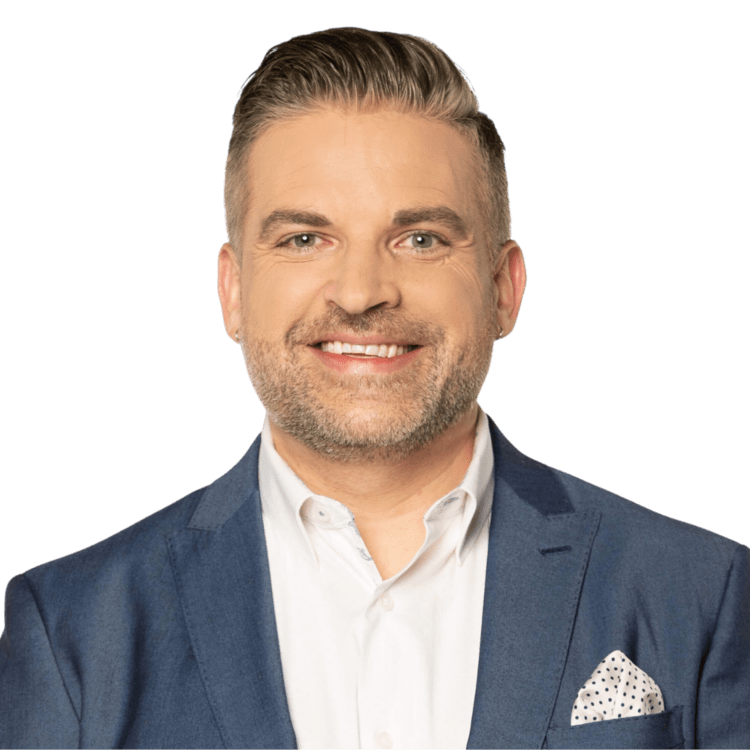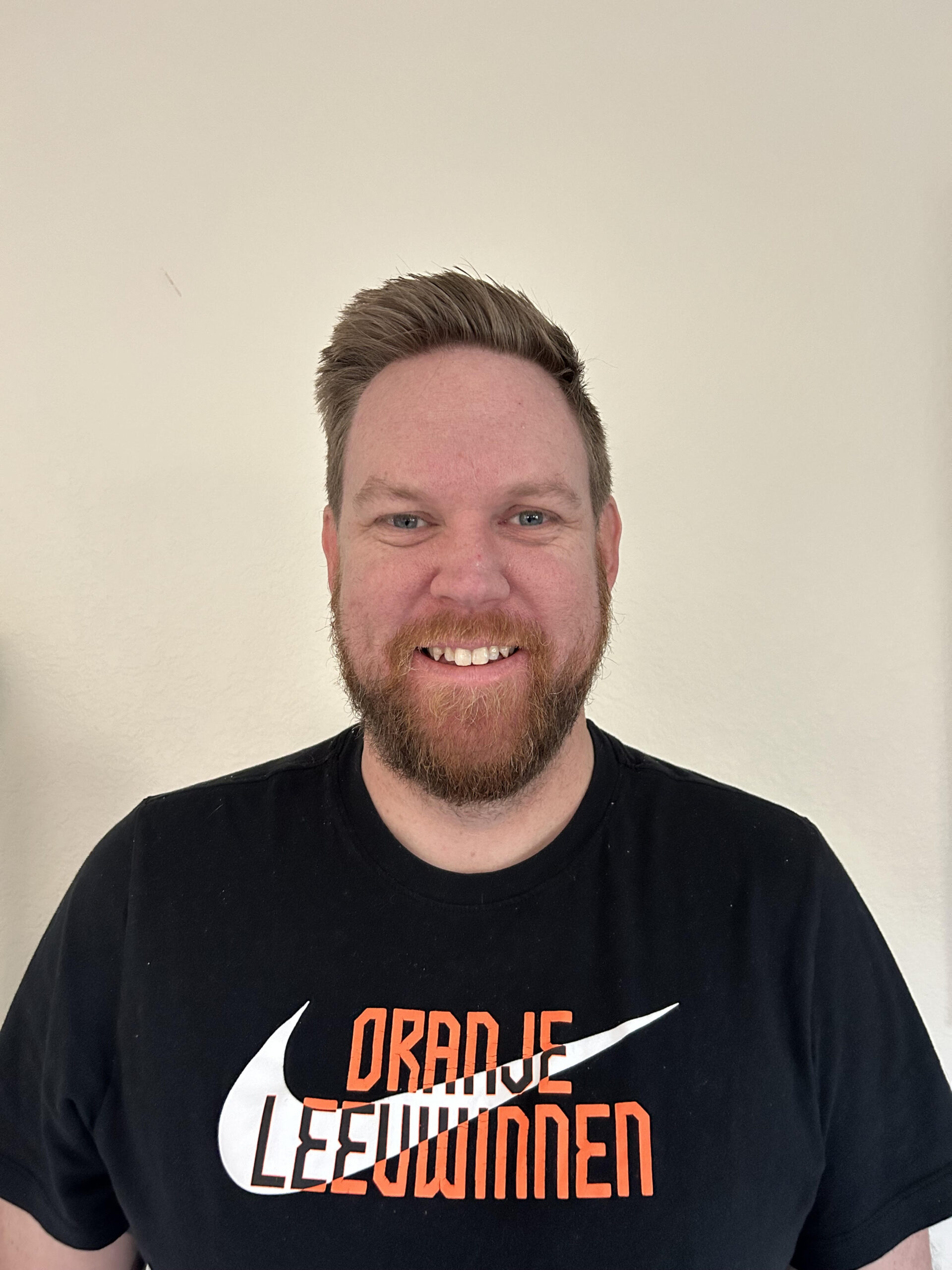Welcome back to our exploration of interception-worthy throws, a stat we collect with FTN Data charting. Last week, we looked at this stat in its proper context: analyzing quarterbacks. This is a quarterback passing stat used to count throws to well-defended receivers. I argued that this was a good way to cut out the noise and narrow in on how much a quarterback’s decision-making leads to turnovers.
This week, we will be taking a look at the other side of the ball. This is a two-way relationship, after all. An interception-worthy throw (IWT) is a simple recipe: one quarterback to throw the ball, and at least one nearby defender who makes an interception a possibility. While there are so many existing ways to chart a defense’s effectiveness in pass coverage, is there anything IWTs can tell us that something more catch-all stats like passes defensed cannot?
When just sorting our quarterbacks by total number of interception-worthy throws, we saw some level of hierarchy shake out. It passed the smell test. The top end was full of mistake-prone backups and rookie-deal projects. The bottom featured some exceptional quarterback play from pocket passers in good situations. Sure, there were some outliers in the mix, as there are in most data sets. However, IWTs felt like a solid tool to make sense of quarterback performance.
For defenses, things get a lot messier. There is still some conclusions to draw from the extremes. The problem lies in the middle. 18 different teams have between 10 and 13 interception-worthy throws. Baltimore, boasting the league’s best defensive passing DVOA. has 12 interception-worthy throws. Who else has 12 interception-worthy throws? Denver, the league’s worst passing defense.
This is a common problem with small sample size statistics. On 8,997 pass attempts, just 374 are interception-worthy. There are only so many interception-worthy throws. Good teams and bad teams have less ability to distinguish themselves. However, we can better understand these defenses’ strengths by the rate that they happen and how frequently they translate to interceptions.
| NFL Defenses, Most IWTs Weeks 1-8 | ||||||||
| Defense | Pass DVOA | Att | INT | Int Rate | IWT | IWT Rate | PD | PD Rate |
| JAX | -8.5% | 352 | 11 | 3.13% | 26 | 7.39% | 51 | 14.5% |
| NO | -5.7% | 291 | 9 | 3.09% | 16 | 5.50% | 52 | 11.3% |
| NYJ | -8.3% | 245 | 8 | 3.27% | 16 | 6.53% | 32 | 13.5% |
| CLE | -21.0% | 213 | 5 | 2.35% | 15 | 7.04% | 27 | 12.7% |
| WAS | 10.5% | 300 | 5 | 1.67% | 14 | 4.67% | 40 | 13.3% |
| IND | 11.5% | 302 | 6 | 1.99% | 14 | 4.64% | 29 | 9.6% |
Jacksonville currently sits atop this category, and may for a while. The gap between the Jaguars and second place is the same as the gap between second and 30th place. Jacksonville does benefit from riding a couple massive games. Their eight-IWT, three-interception performance against Gardner Minshew and the Colts is the most IWTs in a single game this year, while their five-IWT, two-interception game against the Steelers is tied for fourth most.
New York and Cleveland are both excellent pass defenses that have faced some of the fewest pass attempts in the league. Neither rank high in total passes defensed, but the times they have dropped back into coverage have been effective. New Orleans has played exceptionally good pass coverage thus far. They boast the fourth-highest PD rate and fourth-highest IWT rate among all defenses.
Washington and Indianapolis are big surprises. The Commanders currently rank 22nd in defensive passing DVOA; the Colts are 24th. Washington’s also bottom 10 in adjusted net yards per attempt in both man and zone coverage. Indianapolis can chalked up to a one-off–five of their interception-worthy plays come from their Week 7 game against the Browns. Washington has been impressively consistent, especially in its first few games. The Commanders generated at least three IWTs in each of their first three games and four of their first six.
Organizing the list by passes defensed creates different anomalies. New Orleans and Jacksonville remain near the top, as does Washington. Kansas City leaps up from one of the lowest IWT teams to one of the highest PD teams.
The leader of the PD clubhouse: Las Vegas. With 54 passes defensed and 11 IWTs, the Raiders have by far the widest margin of performance across the league. Just 20.3% of their passes defensed result in interception-worthy throws, third-lowest rate in the league behind the Rams and Dolphins.
| NFL Defenses, Fewest IWTs Weeks 1-8 | ||||||||
| Defense | Pass DVOA | Att | INT | Int Rate | IWT | IWTRate | DEF PD | % Pass PD |
| MIA | 8.5% | 296 | 4 | 1.35% | 4 | 1.35% | 32 | 13.1% |
| LAR | 11.9% | 280 | 4 | 1.43% | 5 | 1.79% | 29 | 10.6% |
| HOU | 12.7% | 261 | 4 | 1.53% | 6 | 2.30% | 21 | 8.0% |
| TEN | -2.9% | 249 | 2 | 0.80% | 7 | 2.81% | 21 | 8.4% |
| NE | 9.8% | 296 | 4 | 1.35% | 8 | 2.70% | 28 | 9.5% |
| CAR | 4.2% | 212 | 5 | 2.36% | 8 | 3.77% | 23 | 10.8% |
| KC | -13.7% | 284 | 5 | 1.76% | 8 | 2.82% | 39 | 13.7% |
Miami can only generate interception-worthy plays against the New England Patriots. All four of the Dolphins’ IWTs are against Mac Jones, the league-leader in IWTs. The Dolphins’ secondary has been banged up, but their backups are solid. Despite their injuries, the defense still ranked 14th in total passes defensed. Miami could boost their IWTs as they get healthier. Jalen Ramsey hauled in an impressive interception in his Miami debut – a game that also doubled as the team’s best defensive passing DVOA performance of the year.
Tennessee’s defense (not counting Thursday night’s performance) is just unfortunate. Some will try to chalk it up to small sample size–the Titans have the seventh-fewest pass attempts faced through eight weeks. They did have a bye, yes, but volume isn’t the issue. The Titans secondary has the second-lowest rate of passes defensed and fifth-lowest rate of IWTs in the league. Tennessee joins Kansas City as the only other top-10 DVOA passing defense down here, sharing near-identical IWT rates. The difference: Kansas City converts 62.5% of their IWTs, Tennessee converts a league-low 28.6% of theirs.
| NFL Defenses, Best IWT-to-INT Conversion Rate Weeks 1-8 | ||||||||
| Defense | Pass DVOA | INT | IWT | DEF PD | PD to INT | IWT to INT | INT w/o IWT | True % IWT to INT |
| SF | 0.1% | 11 | 13 | 28 | 39.3% | 84.6% | 2 | 69.2% |
| BAL | -27.3% | 8 | 12 | 43 | 18.6% | 66.7% | 0 | 66.7% |
| CIN | 1.0% | 10 | 13 | 30 | 33.3% | 76.9% | 1 | 64.3% |
| KC | -13.7% | 5 | 8 | 39 | 12.8% | 62.5% | 0 | 62.5% |
| DAL | -16.6% | 9 | 12 | 36 | 25.0% | 75.0% | 1 | 61.5% |
| MIN | 1.1% | 6 | 10 | 35 | 17.1% | 60.0% | 0 | 60.0% |
| TB | -2.5% | 7 | 10 | 26 | 26.9% | 70.0% | 1 | 60.0% |
Just like we did in the quarterbacks article, we can distinguish between whether an interception happened on an interception-worthy throw. Balls that ricochet off helmets, get tipped at the line, or end up dropped and recovered are all great plays for the defense, but they don’t represent legitimate mistakes by the quarterback. Charting only interceptions on IWTs help us understand how frequently defenses convert when placed into an interception-worthy situation.
In total, 27 interceptions occurred on non-IWT throws. Seven teams – San Francisco, Miami, Detroit, both L.A. teams, Chicago, and Philadelphia – have multiple interceptions off non-IWT throws. Only one player has multiple non-IWT picks: Philadelphia Eagles safety Darius Slay.
On average, 18.8% of all passes defensed result in interceptions. 17 of 32 teams are converting passes defensed to interceptions at a rate of at least 20% or better. Interception-worthy throws, when removing non-IWT picks, convert at an average rate of 45.5%. 14 teams are currently converting IWTs to interceptions at 50% or better.
How about that efficiency from San Francisco! Adjustments bring it back down to earth a bit, but the team co-leading the league in interceptions is doing so by capitalizing on turnover-worthy situations. Jacksonville, the other league leader, ranks 10th (11 interceptions on 26 IWTs).
Kansas City and Baltimore are two prime defenses that benefit from analysis by IWT over PD. Both teams would be bottom-half if our interception rate was relative to passes defensed. While the Ravens and Chiefs fall short of that, their PDs are still generating turnovers. Kansas City and Baltimore rank second and fourth in dropback success rate allowed, respectively. Using a more context-specific metric can help us better highlight two great pass defenses getting the job done when the situation specifically arises.
| NFL Defenses, Worst IWT-to-INT Conversion Rate Weeks 1-8 | ||||||||
| Defense | Pass DVOA | INT | IWT | DEF PD | PD to INT | IWT to INT | INT no IWT | True % IWT to INT |
| PHI | 1.0% | 4 | 10 | 33 | 12.1% | 40.0% | 2 | 20.0% |
| TEN | -2.9% | 2 | 7 | 21 | 9.5% | 28.6% | 0 | 28.6% |
| NYG | 5.3% | 4 | 13 | 33 | 12.1% | 30.8% | 0 | 30.8% |
| LAC | 19.2% | 6 | 12 | 31 | 19.4% | 50.0% | 2 | 30.8% |
| CLE | -21.0% | 5 | 15 | 27 | 18.5% | 33.3% | 0 | 33.3% |
| WAS | 10.5% | 5 | 14 | 40 | 12.5% | 35.7% | 0 | 35.7% |
Philadelphia is leaving a ton of meat on the bone. With Slay’s two non-IWT picks, the Eagles have converted just two of their 10 interception-worthy passes into interceptions. On passes defensed, only the Titans, Raiders, and Giants are working with a lower PD-to-INT rate.
It’s fascinating to see Cleveland under-performing this far below league averages. This is clearly a good secondary, seeing as they started the year dominating the league. The Browns are still second in the league in defensive passing DVOA. Their 55.9% completion percentage in zone coverage leads the league, while their 55.8% completion percentage allowed in man is 10th. Cleveland just cannot convert that into turnovers in the air. Somehow, this historic Browns defense has room for improvement. That’s terrifying.
The Commanders are a classic example of the importance of rate stats over volume. Washington ranks fifth in both total IWTs and PDs. None of those are converting to turnovers. Cornerback Emmanuel Forbes and safety Percy Butler both have two dropped interceptions apiece.































